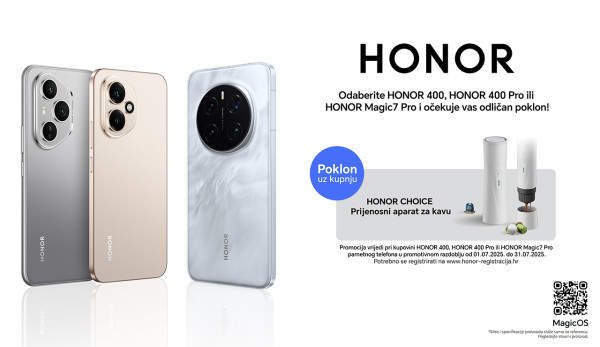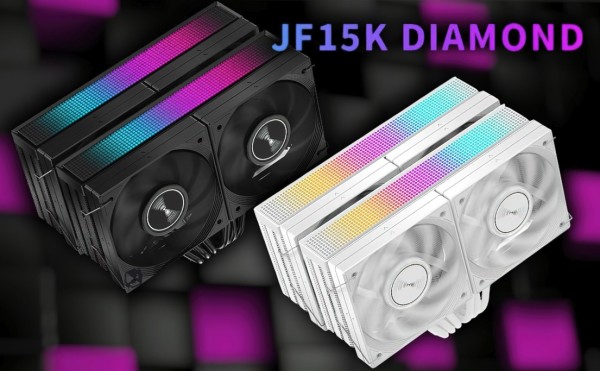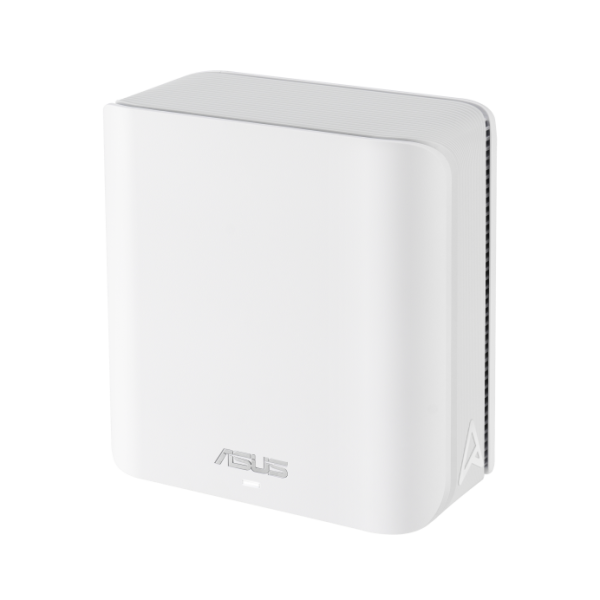DFI LANParty DK P45 T2RS Plus & Jr P45 T2RS
Datum objave 19.11.2008 - Danijel Pavlović
Zaključak - Conclusion
Zaključak
Nije se lako natjecati na snažnom tržištu mainstream ploča, no sve u svemu,
DFI je napravio jako dobar posao sa svojom Plus i Junior serijom ploča. Plusice
nude potpuno opremljen BIOS koji dolazi sa snažnijim LT/UT modelima, no uz
lošije hlađenje te slabiju regulaciju napona. Kad smo kod toga, ukoliko ste
početnik, ove ploče baš i nisu prijateljski raspoložene po pitanju OC-a, unatoč
novom ABS-u. No pomaci po pitanju softvera su svakako plus. ABS funkcionira
odlično, tako da mislimo kako bi u skorijoj budućnosti mogli vidjeti i nešto
više od softvera za upravljanje profilima. Možda nekakav overclocking alat,
što bi bilo lijepo, pogotovo s obzirom na konkurenciju, tj Asusov AiSuite,
Gigabytev EasyTune, Biostarov T-Overclock Utility ili MSI-jev DrMOS overclocking
alat. U usporedbi DFI-jeve P45 Plus sa sad ne više tako novom Gigabyteovom
EP45 Extreme, svakako vidimo razlike i razlog zašto DFI trenutno drži rekord
najbržih ploča.
Nadalje, tu je nova Junior serija matičnih ploča. Što možemo reći, ova mala
zvijerčica je zbilja nešto. Tokom usporedbe ove dvije ploče, jednostavno možemo
vidjeti kako je DFI uspio napraviti ne tako lak posao, a to je implementacija
mogućnosti svoje starije braće u ploču micro-ATX formata. S tom konstatacijom,
maksimalni OC FSB-a od 500MHz ne vidimo kao lošu stvar. Plus je također i
podrška za Crossfire, no minus je maksimalna propusnost PCI-E utora korištenjem
samo jedne kartice. DFI je napravio odličan posao sa hlađenjem ove ploče,
a u praksi se pokazalo da su temperature NB-a niže nego na Plus verziji. Ako
trebate moćnu i opremljenu ploču za svoj HTPC ili za mATX kućište, Junior
ploča je prava stvar.
Conclusion
It’s not easy to compete in the ultra-competitive mainstream motherboard market,
but overall, DFI made a pretty good job with the new Plus and Junior motherboard
series. Plus boards offer the fully customizable BIOS like all LT/UT boards,
but with cheaper cooling and weaker power regulation, and still with big overclocking
potential. Speaking of, these boards aren’t that overclocking friendly „out-of-box“
if you’re a beginner, despite the new ABS. But movements in the software section
are a definite plus. ABS works great, so we think that it would be possible
for it to become something bigger then a software for profile managing, some
day. Maybe we’ll see a DFI’s own overclocking utility, which would be nice
considering the Asus’s AiSuite, Gigabyte’s EasyTune, Biostar’s T-Overclock
Utility, or the MSI’s DrMOS overclocking utility. In comparison of DFI’s P45
Plus board with now "not-so-latest" Gigabyte’s EP45 Extreme, we
certainly see the difference, and the reason why the DFI currently holds the
record of the fastest boards.
Moving on to the new Junior series. What can we say, this little
beast really is something. During the comparison of these two boards you can
easily see that DFI made a not so easy job implementing the big brother’s
features in the micro-ATX format board. That being said, we don’t see our
maximum 500MHz FSB overclock on this board as a bad thing. Definite plus is
Crossfire support, but a minor drawback is the maximum bandwidth of the PCI-E
slot using only one graphics card. DFI made a great job with cooling solution
of the board. In practice we noticed that the NB was cooler than one on the
Plus version. If you need a powerful and equipped board for your HTPC, or
a mATX case, Junior board is a proper way to go.
| DFI DK P45 T2RS Plus | |||
| Pozitivno + | Kvaliteta izrade, OC potencijal, ABS/CMOS Reloaded, layout, podrška za Crossfire, opremljen BIOS. | ||
| Negativno - | Nema FireWire, nije prijateljski nastrojena za početnike u OC-u, cijena. | ||
| Ocjena |
|
||
| Ustupili | DFI | ||

| DFI Jr P45 T2RS | |||
| Pozitivno + | MicroATX ploča, kvaliteta izrade, OC potencijal, hlađenje, ABS/CMOS Reloaded, layout, podrška za Crossfire, opremljen BIOS. | ||
| Negativno - | Maksimalna propusnost PCI-E utora pri korištenju jedne kartice (x8), nema FireWire, nije prijateljski nastrojena za početnike u OC-u, cijena. | ||
| Ocjena |
|
||
| Ustupili | DFI | ||

Forum
Objavljeno prije 27 minuta
M.2 NVMe SSD - specifikacije, pitanja, rasprava, review, firmware update,...Objavljeno prije 46 minuta
ŽderonjeObjavljeno prije 2 sata
AutomobiliObjavljeno prije 4 sata
Filmovi - dojmovi, komentari i preporukeObjavljeno prije 6 sati
Telemach (ex Tele2)Novosti
Uz kupnju pametnih telefona HONOR Magic7 Pro, HONOR 400 Pro i HONOR 400 stiže i prijenosni aparat za kavu
Ljeto je pravo vrijeme za nove početke, putovanja, spontane avanture i male rituale koji čine svaki dan posebnim. Ove sezone, HONOR je pripremio kampanju koja spaja napredno i ugodno. Uz kupovinu pametnih telefona HONOR Magic7 Pro, HONOR 40... Pročitaj više
10 stvari koje treba učiniti odmah nakon kupnje novog Android telefona
Posjedovanje novog Android pametnog telefona svakako je uzbudljivo jer postoji toliko mnogo mogućnosti prilagodbe. Evo 10 stvari koje trebate učiniti odmah nakon uključivanja uređaja kako biste maksimalno iskoristili mogućnosti personalizac... Pročitaj više
Kineska tvrtka izazvala je groznicu u PC zajednici: lansirala je "ogroman" CPU hladnjak s 4 ventilatora
Nakon serije JF13K, JIUSHARK, kineska tvrtka specijalizirana za razvoj i proizvodnju CPU hladnjaka, nastavlja privlačiti pažnju modelom hladnjaka JF15K Diamond – masivnim dizajnom tornja opremljenim s do 4 ventilatora od 100 mm, hlađenjem d... Pročitaj više
Njemačka traži od Applea i Googlea da izbace DeepSeek iz svojih trgovina aplikacija
Njemačka se pridružila sve većem broju europskih zemalja koje pooštravaju mjere protiv kineskih AI aplikacija – sada traži od Applea i Googlea da uklone DeepSeek iz svojih trgovina aplikacija u Njemačkoj. Njemačka povjerenica za zaštitu pod... Pročitaj više
ASUS ruteri – najbolji izbor za vrhunsko Starlink iskustvo
U Hrvatskoj sve više korisnika prepoznaje prednosti Starlink satelitskog interneta – brzi, stabilni i dostupni internet gotovo na svakom mjestu, bez obzira nalazili se u gradu ili na selu. No, za maksimalno iskorištavanje brzine i pouzdanos... Pročitaj više
Sve novosti




